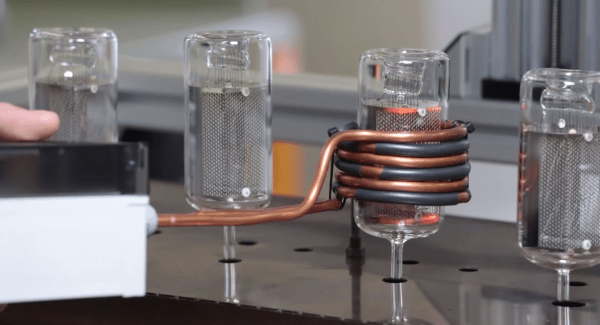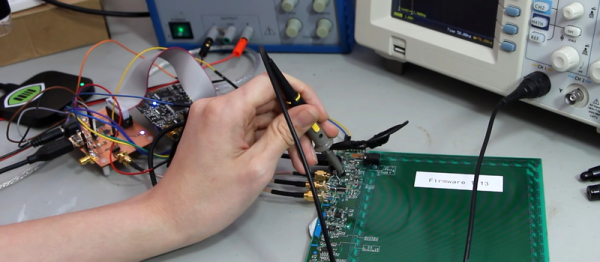A fun thread over at the EEVblog forum starts off with [TerraHertz]’s triangle-peg, square-hole capacitor repair job and goes entertainingly down-hill from there.
Everything from horrifying eBay purchases to work (horror) stories can be found in this thread. But you can learn something too. Did you know the correct way to fix a mercury switch stored in the incorrect orientation is to whack it against a table really hard?
We enjoyed the cigarette box shroud used to fix a graphics card with a defective fan. We’re still not sure about the person who managed to Dremel bits off a graphics card and end up with a working PCI-e card. That one may be a troll.
Regardless, it’s a lot of fun, spanning the hilariously bad and the seriously impressive. We would not be surprised if some of these people met the devil at the crossroads for some soldering skill. Do any of you have an interesting or ugly repair to share? We’d love to see it.






 [Marble] wrote his flow for PAL, but it should be fairly easy to modify it to work with NTSC if you’re living in the US or Japan. Sending black and white is “easy” but to transmit a full color image, you’ll need to read up on color spaces. Check out [marble]’s
[Marble] wrote his flow for PAL, but it should be fairly easy to modify it to work with NTSC if you’re living in the US or Japan. Sending black and white is “easy” but to transmit a full color image, you’ll need to read up on color spaces. Check out [marble]’s 










